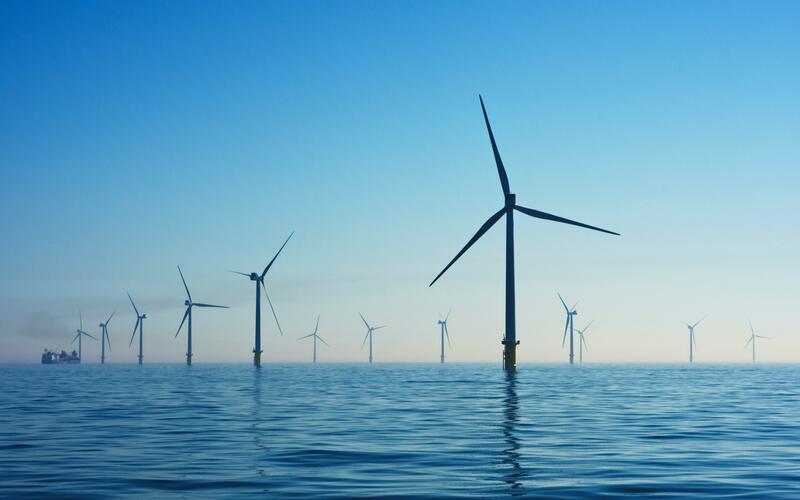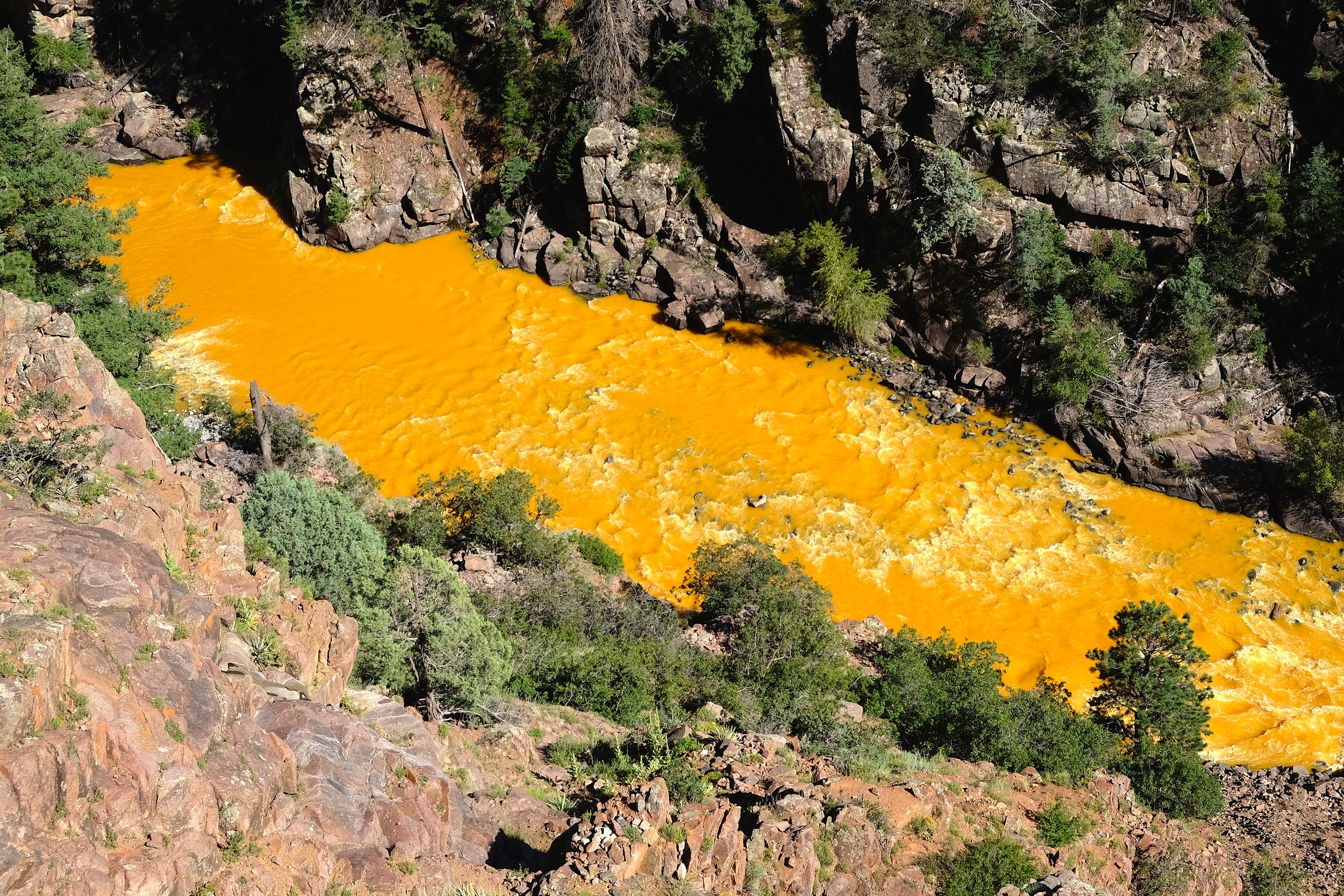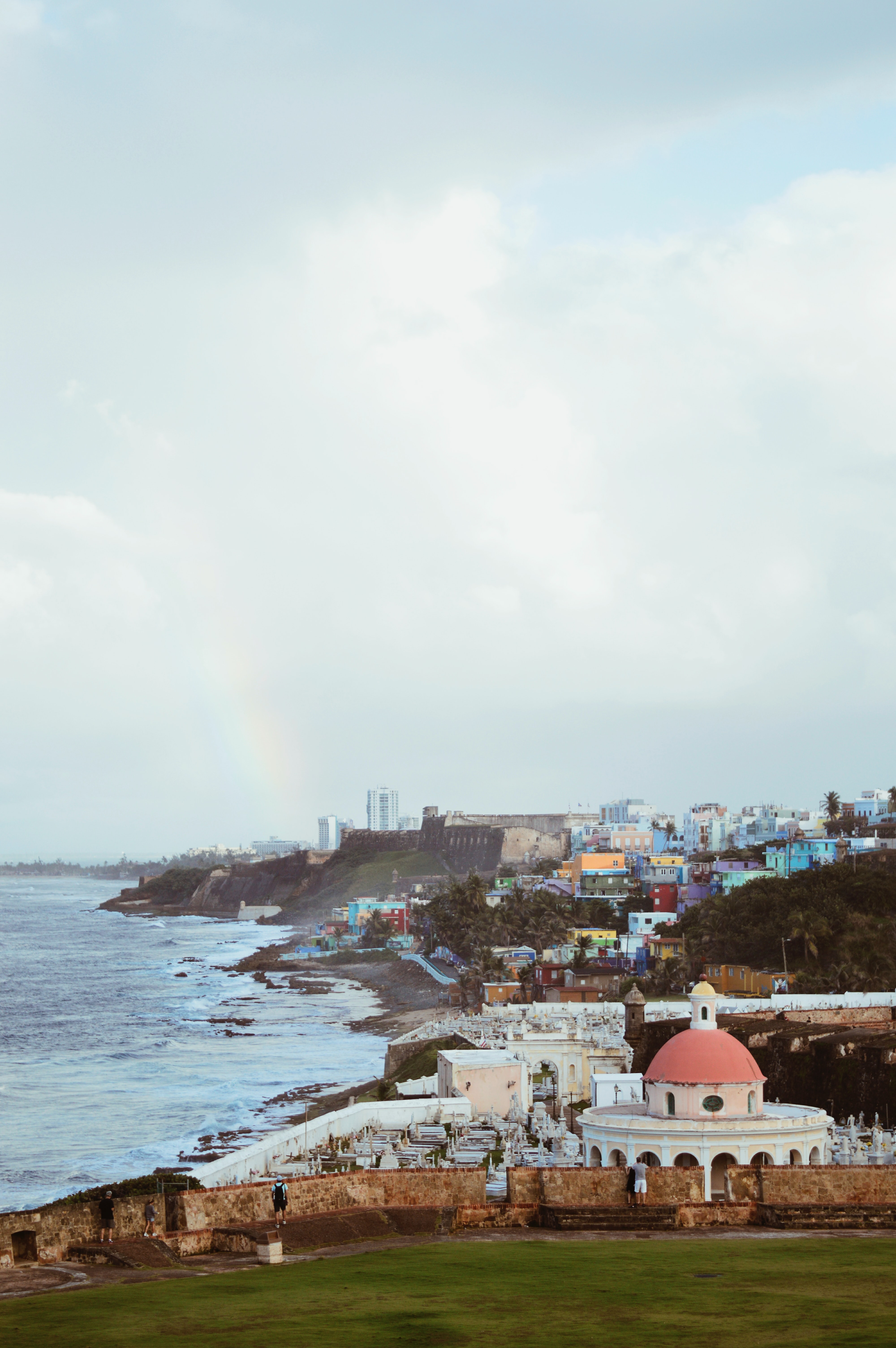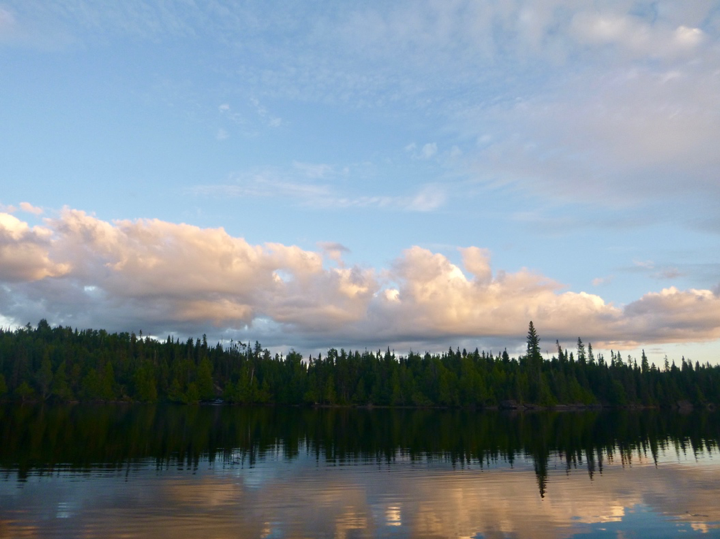Where do the fish go when the wind blows? Impacts of wind Energy on aquatic wildlife and Indigenous Lifeways

Where do the fish go when the wind blows? Impacts of wind Energy on aquatic wildlife and Indigenous Lifeways
Recent research highlights a dark side of renewable energy: wind energy's impact on aquatic wildlife and indigenous culture. A decolonial approach to green initiatives can make climate “solutions” sustainable.
Dunlap, A. (2017). The ‘solution is now the ‘problem:’ wind energy, colonization, and the ‘genocide-ecocide nexus’ in the Isthmus of Tehuantepec, Oaxaca. The International Journal of Human Rights, 22. https://doi.org/10.1080/13642987.2017.1397633
Gimpel, A., Werner, K. M., Bockelmann, F. D., Haslob, H., Kloppmann, M., Schaber, M. & Stelzenmuller, V. (2023). Ecological effects of offshore wind farms on Atlantic cod (Gadus morhua) in the southern North Sea. Science of the Total Environment, 878. https://doi-org.yale.idm.oclc.org/10.1016/j.scitotenv.2023.162902
Pfeiffer, O., Nock, D. & Baker, E. (2021). Wind energy’s bycatch: Offshore wind deployment impacts hydropower operation and migratory fish: renewable and Sustainable Energy Reviews, 143. https://doi-org.yale.idm.oclc.org/10.1016/j.rser.2021.110885
Popper, A. N., Hice-Dunton, L., Jenkins, E., Higgs, D. M., Krebs, J., Mooney, A., Rice, A., Roberts, L., Thomsen, F., Vigness-Raposa, K., Zeddies, D. & Williams, K. A. (2022). Offshore wind energy development: Research priorities for sound and vibration effects on fishes and aquatic invertebrates. Journal of the Acoustical Society of America, 151. https://doi-org.yale.idm.oclc.org/10.1121/10.0009237
Ramirez, J. & Bohm, S. (2021). Transactional colonialism in wind energy investments: energy injustices against vulnerable people in the Isthmus of Tehuantepec. Energy Research & Social Science, 78. https://doi-org.yale.idm.oclc.org/10.1016/j.erss.2021.102135
Ten Brink, T. S. & Tracey, D. (2018). Perceptions of Commercial and Recreational Fishers on the Potential Ecological Impacts of the Block Island Wind Farm (US). Frontiers in Marine Science. https://doi.org/10.3389/fmars.2018.00439
Innovations in renewable energy have led to rapid investment by local, state, national, and international governments and businesses to solve climate change. While the benefits of renewable energy are well-known, negative impacts are less frequently publicized. These include harm to indigenous communities and local fish populations. Changes to landscapes are obstacles indigenous communities that rely on aquatic environments face. Landscape disturbance can be seen as an extension of colonial land dispossession – even if the ‘land’ is the sea.
Scholars have demonstrated the impact of offshore wind on fish and harm to indigenous communities in separate research bodies. Their connection is critical to understanding the effects of wind energy development on human and non-human communities. As renewable energy investments continue to increase amid climate change, so does the urgency of understanding the nexus of environmental and social harm such projects can cause.
Research on fishermen (undisclosed if indigenous or not) in Rhode Island and indigenous communities in Oaxaca, Mexico, living near offshore wind energy farms, highlights the need to redefine the future of wind energy development. Governments or private entities often initiate wind energy projects and extend political and state power over vulnerable communities. Turbines are a form of colonial infrastructure that increases reliance on the built environment instead of the natural features that indigenous communities celebrate and care for. The proliferation of such projects threatens indigenous livelihoods and lifeways that rely on agriculture (via land conversion to wind farms) and fishing. Colonial infrastructures like turbines can lead to the destruction of cultural and sacred sites.
Because wind energy is allegedly clean and does not emit greenhouse gases contributing to climate change, more projects are being developed globally. An industrial revolution that pressures indigenous communities to agree to development under the premise that it is for the ‘greater good.’ However, scholars argue that offshore wind energy must consider the dimensions of justice: distributional (distribution of benefits), recognitional (right to self-determination), procedural (inclusive decision-making), and the emerging concept of cognitive justice. Cognitive justice goes beyond the usual three-dimensional energy justice discourse to highlight that knowledge is a method and a way of life. In the context of wind energy, this means recognizing the right for different lifeways to coexist. Wind energy may be beneficial for the planet but may not be helpful for a community. Therefore, reframing energy development is needed to honor everyone it affects – directly and indirectly.
The development of wind energy farms can also be considered a ‘landmark’ for recreational fishermen and tourists, such as in the case of the Block Island Wind Farm, three miles off the coast of Rhode Island. Research highlights that surveyed fishermen noticed increased recreational fishing after the wind farm was installed but are unsure if the two are related. They further worry about navigating their vessels around the turbines, believing the turbines could pose safety hazards. Wind energy alters the landscape in which fishermen operate but may differ in state versus federal waters. Wind energy farms in federal waters are typically twelve miles from the coast, making them more challenging for recreational fishermen to access and not subject to the same issues as the Block Island Wind Farm.
As those who rely on fishing for nourishment and sustenance know from experience, wind turbines impact people, the environment, and wildlife. For example, turbines can alter the migratory patterns of aquatic wildlife due to changes in habitat, sounds, and vibrations, all of which influence reproductive patterns and survivability. In New England, researchers analyzed the effect of water flow, timing, magnitude, duration, and frequency on migrating between freshwater and the ocean. They found that increased offshore wind capacity can contribute to increased hydropower operations due to increased electricity availability and that even marginal changes alter the flow of waterways.
Furthermore, the underwater sounds and vibrations that turbines emit can affect the bioacoustics of wildlife (sounds produced by animals), thus impacting how aquatic species exist in their environment. Most fish, except for a small subset of bony fishes, hear via particle motion detection or the movement of particles within an area. Fish rely on the sounds of their surroundings to communicate and survive. Changes in particle movement patterns from turbine implementation could pose a significant risk to specific fish populations. However, not all species of fish are negatively impacted by wind turbines. Some species, such as the Atlantic cod (Gadus morhua), may be attracted to turbine structures because they prefer rocky habitats near scour-protected turbines (protection of seabed sediment removal by currents and waves). Fishermen also note that turbines could serve as artificial reefs, noticing increased mussel growth and some rarer tropical fish. However, it is unclear if the turbines’ presence serves as a temporary attraction for fish or long-term habitats that could benefit fishermen in the future.
The development of offshore wind energy has tremendous effects on aquatic ecosystems in positive and negative ways that indigenous communities and fishermen can feel, as well as subsequent markets associated with the marine industry. The impacts are numerous – declining fish populations in some instances, reinforcement of colonial infrastructure, unequal benefit sharing, and pressure from institutions and private sector organizations. There is an urgent need for a shift toward communal wind energy developments created in ways communities desire, which may manifest as wind farms, a few turbines, or none. Wind energy projects can uplift cultural and community values through meaningful consultation and ongoing collaboration instead of reconfiguring them. Recognizing that renewable energy and cultural values coexist harmoniously provides numerous opportunities for people, wildlife, and the planet.
Offshore wind energy projects alleviate the impacts of climate change and benefit the global community. Still, their unintended consequences must be studied further to minimize burdens for human and non-human communities. Offshore wind energy will be part of the solution toward a greener future, but people – all people – must be involved to foster a truly sustainable planet. Mitigating climate change is not enough to deem a solution sustainable. Instead, a sustainable solution also dismantles barriers and honors diverse lifeways and knowledge, benefiting all who call Earth home.




